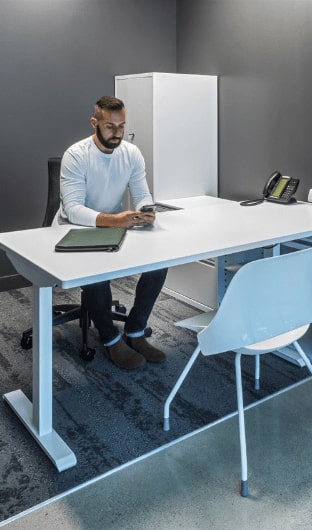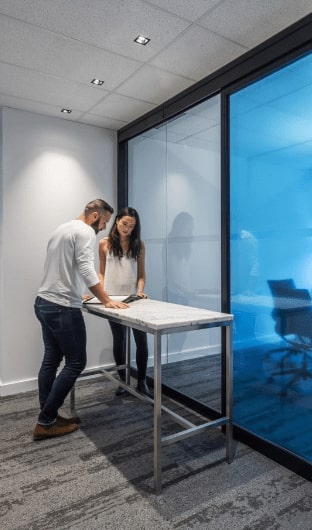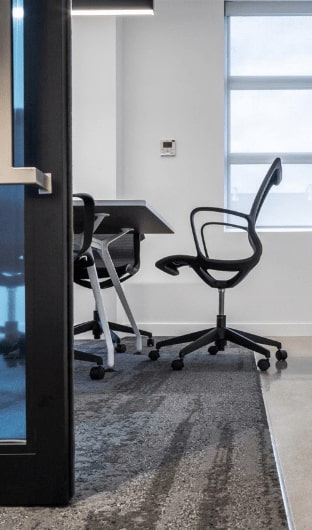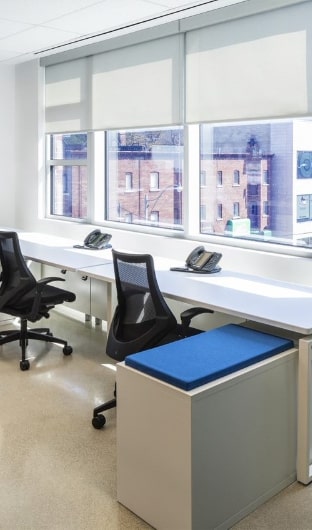
Creating A Better Learning Environment
When it comes to education furniture, functionality and aesthetics are key. Finding the perfect balance between durability and design is essential for creating an engaging learning environment. From versatile desks to ergonomic chairs, the right furniture can enhance productivity and comfort for both students and educators. Investing in quality education furniture not only improves the overall look of classrooms but also contributes to a conducive space for effective teaching and learning. Explore our range of modern solutions that cater to diverse educational needs, ensuring a harmonious blend of style and practicality.
Importance Of Education Furniture
Education furniture significantly impacts student engagement and academic performance. Ergonomic and functional designs promote better posture, leading to enhanced concentration levels during learning activities. Well-designed furniture contributes to a positive learning atmosphere, fostering creativity and collaboration among students.
Defining Learning Experience
Experience vs Design
Experience and design play crucial roles in shaping education furniture. While design focuses on aesthetics, experience emphasizes functionality. The balance between the two is essential for creating an optimal learning environment.
Design impacts the visual appeal of furniture, influencing the ambiance of a classroom. On the other hand, experience considers usability and comfort, directly affecting students’ engagement and focus. Prioritizing user experience ensures that furniture is not only visually pleasing but also practical for educational purposes.
Unique Approach
Innovative approaches to designing education furniture involve considering diverse learning styles and preferences. By incorporating adjustable features and interactive elements, furniture can cater to individual needs, promoting inclusivity in the classroom. Unconventional design concepts challenge traditional norms, encouraging creativity and critical thinking in students.
Benefits For Learning
Suitable furniture directly influences student performance by providing comfort and adaptability. Comfortable seating arrangements and ergonomic desks contribute to a conducive learning environment, reducing distractions and promoting active participation. It has been seen that well-designed furniture often correlates with improved academic success rates among students.
Distinguishing Design Types
UX Vs LX Design
User Experience (UX) and Learner Experience (LX) design differ in their core principles. UX primarily focuses on enhancing usability, ensuring ease of interaction for all users. On the other hand, LX centers on the learner’s journey within educational settings.
UX design aims to create intuitive and user-friendly furniture layouts, considering aspects like comfort and accessibility. In contrast, LX design delves into creating environments that foster engagement and active learning experiences.
Instructional Vs Learning Design
Instructional design and learning design play distinct roles in the selection of education furniture. Instructional design primarily concerns itself with how content is delivered through various teaching tools and methods. Conversely, learning design revolves around engaging learners effectively through interactive furniture setups.
Integrating both instructional and learning design aspects in furniture selection can lead to a well-rounded educational environment. By balancing content delivery with learner engagement strategies, educators can create dynamic spaces that cater to diverse learning styles.
Unique Benefits
Investing in specialized education furniture offers several unique advantages. Tailored furniture solutions can address specific educational challenges such as promoting collaboration or accommodating different teaching methodologies. These customized designs not only enhance the learning environment but also contribute to long-term benefits by fostering creativity and innovation among students.
Core Elements In Design
Human-Centred Approach
Designing education furniture requires a human-centred approach to prioritize user needs. By considering students’ comfort and posture, furniture can enhance learning environments. This is why user feedback plays a crucial role in refining designs for optimal usability.
Strategies for education furniture design should be goal-oriented, aligning with educational objectives. Setting clear goals can guide decisions on furniture selection and arrangement to create conducive learning spaces. Aligning furniture choices with educational goals enhances the overall effectiveness of the learning environment.
Sensory Considerations
When designing educational furniture, it is essential to consider sensory considerations such as textures, colours, and materials. These elements impact students’ sensory experiences and can influence their focus and engagement levels during classes.
Crafting Engaging Experiences
Encourage collaborative learning by arranging furniture in groups to promote teamwork and communication. Foster a sense of community within the classroom to enhance social interactions among students. Utilize versatile furniture or modular furniture that can be easily rearranged to accommodate different activities.
Interactive Decision-Making
Implement flexible seating options such as standing desks and bean bags to provide students with choices for their learning environment. Offer adjustable tables to cater to individual preferences and comfort levels. Empower students to make decisions about their seating arrangements based on their learning styles. This will make sure students are comfortable and help them focus better on learning by fostering a sense of autonomy and responsibility.
Technology Integration
Incorporate technology-friendly furniture such as charging stations and interactive whiteboards to support digital learning experiences. Create a seamless integration of technology within the classroom environment to enhance engagement and interaction. Equip classrooms with ergonomic furniture that supports proper posture during technology use. This not only enhances the learning experience of students but also prepares students for future technological advancements.
In conclusion, the impact of furniture and design on creating a conducive learning environment cannot be overstated. The right choices in these areas can significantly enhance both the physical comfort and mental engagement of students, leading to improved concentration, collaboration, and overall academic performance. By prioritizing ergonomic designs, incorporating flexible furniture arrangements, and creating aesthetically pleasing spaces, educators and administrators can foster an atmosphere that not only supports but also inspires learning. As we move forward, it is crucial that educational institutions continue to embrace innovative design solutions that cater to the diverse needs of all learners. Connect with Harkel Office – a leading education furniture dealer in Ontario to create a better learning environment today.





